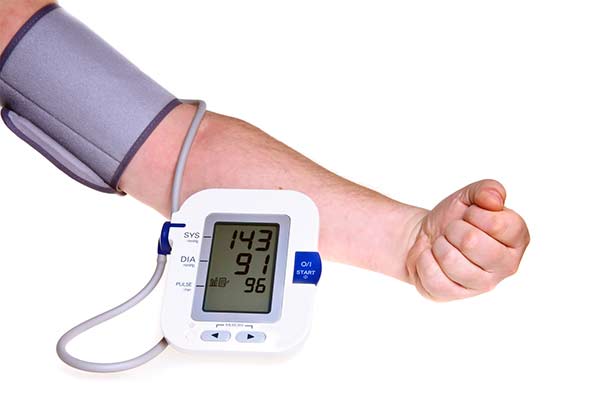Home test reveals the risk of heart attack in five minutes
Swedish researchers have created a questionnaire test for home use that quickly identifies high risk of heart attack. A study shows that it has the same level of accuracy as blood tests and blood pressure measurements.
The study, published in Journal of the American Heart Association, uses data from the SCAPIS population study, which is based at the University of Gothenburg, with the Swedish Heart Lung Foundation as its main sponsor.
The study was led by Göran Bergström, Professor of Clinical Physiology at Sahlgrenska Academy at the University of Gothenburg, senior physician at Sahlgrenska University Hospital, and principal investigator for SCAPIS.
“A heart attack often comes out of the blue,” he says. “Many of those who suffer heart attacks are apparently healthy and asymptomatic, but have fatty deposits in the coronary arteries, known as atherosclerosis. Our test makes it possible to identify almost two-thirds of people aged 50–64 who have significant coronary atherosclerosis and are therefore at high risk of cardiovascular disease.”
Algorithm identifies people at risk
The home test consists of 14 questions that take five to eight minutes to answer. These questions relate to factors including age, gender, weight, waist circumference, smoking, high blood pressure, high blood fats, diabetes, and family history of cardiovascular disease.
According to the study, by combining information from the responses in a special algorithm, the home test can detect 65% of individuals at the highest risk of cardiovascular disease.
“The results show that our home test is as accurate as a clinic examination using blood tests and blood pressure measurements,” continues Professor Bergström. “If we can make the test widely available within healthcare, it can save lives and prevent suffering by helping us to identify those who are at high risk of heart attack or who are currently undertreated.”
Early warnings can save lives
The study is based on data from 25,000 individuals aged 50–64 included in SCAPIS. All participants had their coronary arteries examined using computed tomography, which provides an image of the degree of atherosclerosis.
By comparing the images of the heart with questionnaires completed by the participants, the researchers were able to see which factors had the closest links with the degree of atherosclerosis. The research team has also launched studies in Sweden and on data from the United States, to evaluate how the test works on different groups.
Identifying people at risk before disease occurs is one of the main objectives of the Swedish Heart Lung Foundation’s focus on SCAPIS. As the foundation’s Secretary-General Kristina Sparreljung explains:
“A test that can provide early warnings would save many lives and a great deal of suffering. The results of Professor Bergström’s study are therefore extremely interesting.”
Full bibliographic information
Published on 03/07/2024 by University of Gothenburg
About: A self-report tool for identification of individuals with coronary atherosclerosis – the Swedish CArdioPulmonary BioImage Study
By: Göran Bergström, Eva Hagberg, Elias Björnson, Martin Adiels, Carl Bonander, Ulf Strömberg, Jonas Andersson, Mattias Brunström, Carl-Johan Carlhäll, Gunnar Engström, David Erlinge, Isabel Goncalves, Anders Gummesson, Emil Hagström, Ola Hjelmgren, Stefan James, Magnus Janzon, Lena Jonasson, Lars Lind, Martin Magnusson, Viktor Oskarsson, Johan Sundström, Per Svensson, Stefan Söderberg, Raquel Themudoz, Carl Johan Östgren, Tomas Jernberg.
Journal: American Heart Association
DOI: https://doi.org/10.1161/JAHA.124.034603
Article: https://www.gu.se/en/news/home-test-reveals-the-risk-of-heart-attack-in-five-minutes




